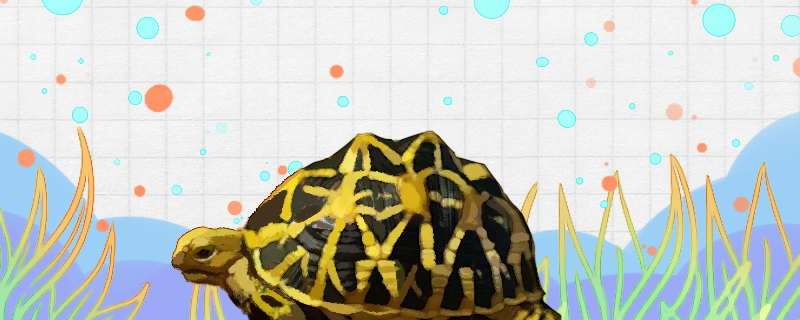
The Indian star spotted tortoise can be raised artificially. Because of their ornamental value, many people also use them as pet turtles. They are not particularly easy to raise turtles, and it is still difficult to raise them artificially. The Indian star spotted tortoise is sensitive to the environment, and if the environment is not suitable, it will easily lead to their death. Moreover, their resistance to disease is not too strong, usually more prone to illness. Moreover, they are timid and easily frightened. Generally speaking, the difficulty of farming is still relatively large.
1. Environment: The Indian star spotted tortoise is a kind of tortoise, so if it is raised artificially, it can be prevented by dry raising. Wild Indian spotted tortoises like to stay on flat grass, so they can simulate a similar environment, lay a layer of grass in containers, or grow some green plants.
2. Feeding: The Indian star spotted tortoise is a vegetarian tortoise species. Artificial feeding can be fed some vegetables and fruits, vegetables have lettuce, lettuce and so on, fruits such as grapes, juicy is better. It should be noted that the turtle's appetite is not large, can not be fed too much, otherwise it is easy to cause them to get sick.
3. Temperature: The Indian star spotted tortoise has a relatively high requirement for the surrounding temperature. Generally speaking, it is most appropriate to keep between 26 and 30 degrees, and try not to go below 22 degrees.
4. Disease prevention: The Indian star spotted tortoise is relatively easy to get sick. Two common diseases are pneumonia and gastroenteritis. Therefore, we need to do a good job of disease prevention, and often observe whether they have symptoms of illness, if there is a need for timely treatment. Especially when the Indian star spotted tortoise is still relatively small, it is easy to die of illness, at this time more attention should be paid to prevention.